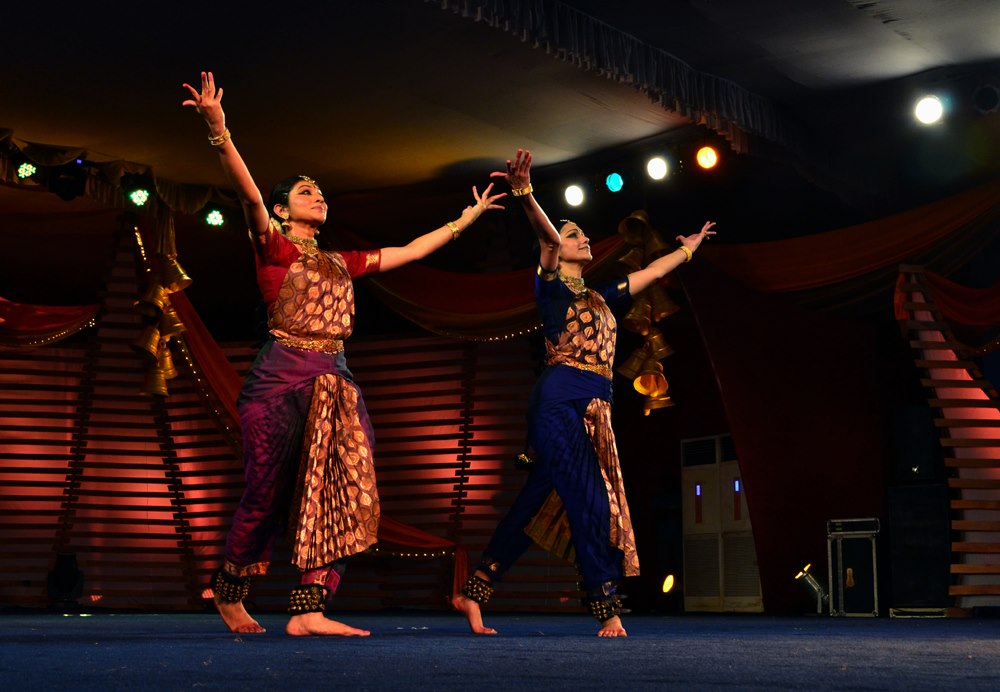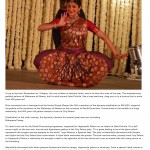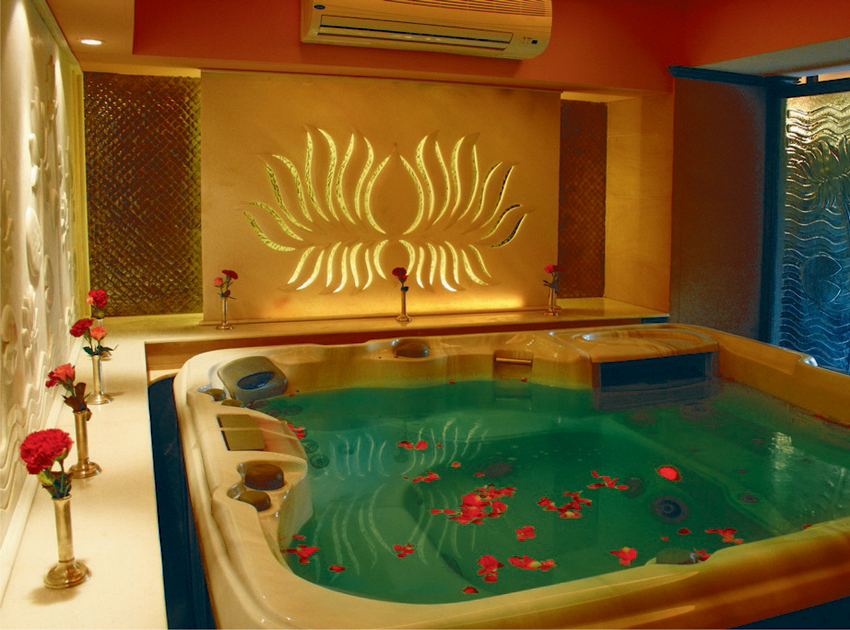
Kartik Poornima: A mystical night at an Island Palace of Mewar
Posted by Admin on Monday, December 16th, 2013
The city of lakes, Udaipur, in the western state of vibrant Rajasthan is one of the most beautiful places in India. Hemmed in oldest hill-ranges of Aravali, some fairy-tale palaces in the city carry the flavour of heroic past, epitomisingvalour and chivalry.
My maiden trip to Udiapur, once the capital of Mewar dynasty, on the occasion of KartikPoornima in November 2013 was truly an honour.Especially because I was one amongst the handful of guests invited by ShrijiArvind Singh Mewar, the 76th custodian of the dynasty established in 566 AD.
The first thing which left me in awe was the architecture of the City Palace of Udaipur which represents a beautiful fusion of the European and Chinese architecture. The palaces, courtyards and gardens in this amazing palatial edifice have magical charm. Over 22 Maharanas have built on and added to this palace from sixteenth to twentieth century multiplying its magic many-fold. I felt truly blessed staying in such a historical place for three days.
A part of this palace has been converted into a heritage hotel by Arvind Singh Mewar who continues to celebrate the traditional festivals with the same extravaganza as his forefathers.
The magical festival at Jagmandir Palace
The KartikPoornimaprogramme was organised at Jagmandir Palace on an island in Lake Pichola on the full moon night of the Kartik, a month in the Hindu calendar. The 400 year old palace constructed in the middle of the huge water body stands in front of City Palace. As the sun sets, tourists and dignitaries started gathering at the jetty of the City Palace. “It’s a great feeling to be at the place which represents the longest serving dynasty in the world,” says Martina, a Spanish lady. Established in sixth century, the dynasty is known for several great warriors including MaharanaPratap.
The jetty point and jetty were beautifully decorated with the flowers and lights. As the sun went down, the palace took a new avatar. A royal band was played to welcome the guests who came to witness the auspicious festive night from across the world.
The five minute water-journey from City Palace to Jagmandir Palace was spent in watching the two historical icons which look amazing at sunset which coincided with the moonrise.
The Jagmandir palace was beautifully decorated with white jasmine flowers and electric lamps. Aroma of a wide range of Indian cuisine welcomed everyone. From special chaat corner to Chhole kulche and Imarti-rabri to cocktails, hundreds of recipes amazed the foreigners who kept asking after different recipes from the fellow guests.
The Brahmanjali
The night was getting colder but the gas warmers tried their best to keep the open venue warm. After the food, people were directed towards the stage which was prepared for Brahmanjali-the Bhartnatyam presentation of stories of Lord Brahma who is worshiped on KartikPoornima.
The stage was set under the moon light. Designed in the shape of palace and decorated with the white flowers, the huge stage and live orchestra of Mridandum, Nattuvangam, flute and vocal swayed everyone into historical period of kings. The star of the night Rama Vaidyanathan, the noted exponent of Bharatnatyam explained the significance of the festival before presenting the Brahmanajali-Ode to the ultimate creator.
“The Hindu mythology mentions trinity of Gods-Brahma, Vishnu and Shiva; the creator, the preserver and the destroyer. While the latter two have various festivals, the only day in the year when Lord Brahma is worshiped is KartikPoornima,” she told the audience.
The mother daughter duo then proceeded to perform a wonderfully choreographed composition depicting the story of Lord Brahma who symbolises the supreme consciousness which brings forth all creation. The rhythms translated into wealth of emotional and pictorial resonances with the music.
Lord Brahma wished to perform a ‘yajna’ for which he selected a hill on the Earth. He followed his penance on that hill for 1,000 years prior to that yajna. He then dropped a lotus flower from the hill which created holy Lake of Pushkar where the sacred Brahma Temple is situated.
Just before the yajna, his wife Saraswati was nowhere to be seen so Lord Brahma married a milkmaid Gayatri and started the yajna which angered Saraswati so much that she cursed Brahma that no one would worship him ever. Later, when she calmed down, she said he would be worshiped only on one particular day of the year and that would be KartikPoornima. The dance was embedded with human emotions evidenced by exuberant leaps and costumes flowing with blue-violet colours.
The passionately responsive Saraswati and articulate Gayatri draw into moments of glowing and intimately charged unison. The Jagmandir Palace transformed into a spiritual haven slowly. The Brahmanjali concluded with the Brahma Gayatri Mantra but the magic continued….
Significance of KartikPoornima
The KartikPoornima is celebrated in India by the Hindus, the Jains and the Sikhs as Guru Nanak Jayanti. The fest is also known as Dev-Deepavali (Deepavali of Gods). It is believed that on this day the Gods come down on earth and make their homes in the sacred rivers. People take a holy bath on this day in the river Ganga and other sacred rivers to eliminate negative forces and to yield positive results. According to another legend, Tripurantaka-the Shiva celebrates this day for his success over three demon sons of the demon Tarakasur. Hence the day is also called Tripurari Poornima. It is also believed that on this day Vishnu incarnated himself in a fish (Matsyavtaar).
About the Author
Kanchan Srivastava is the Principal Correspondent of DNA (Mumbai)






